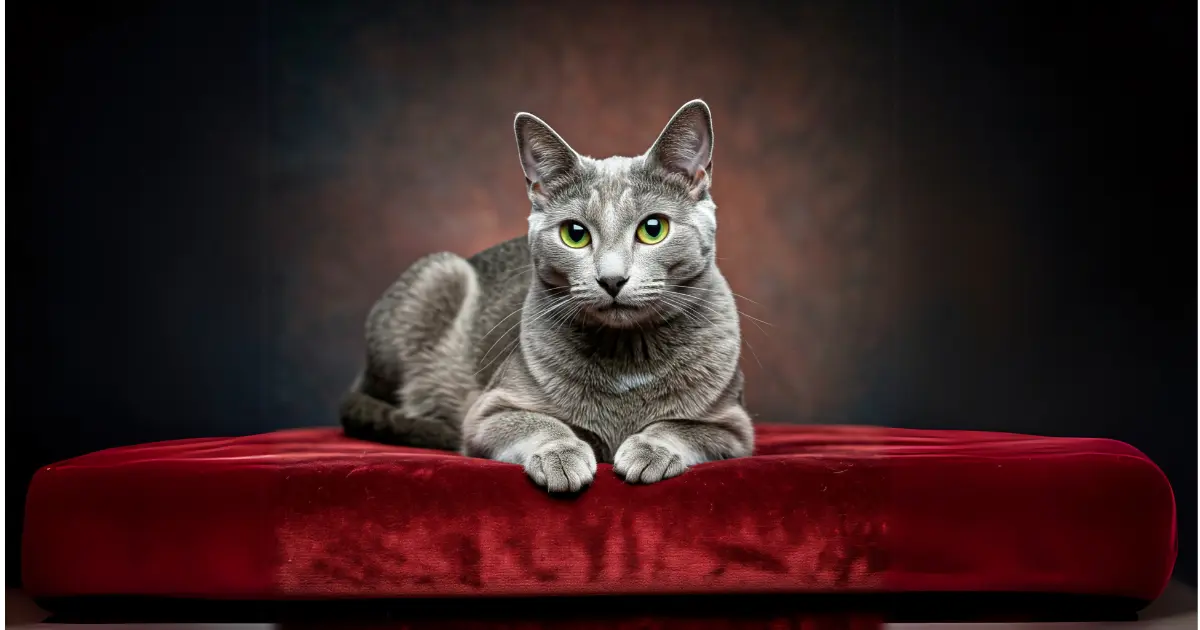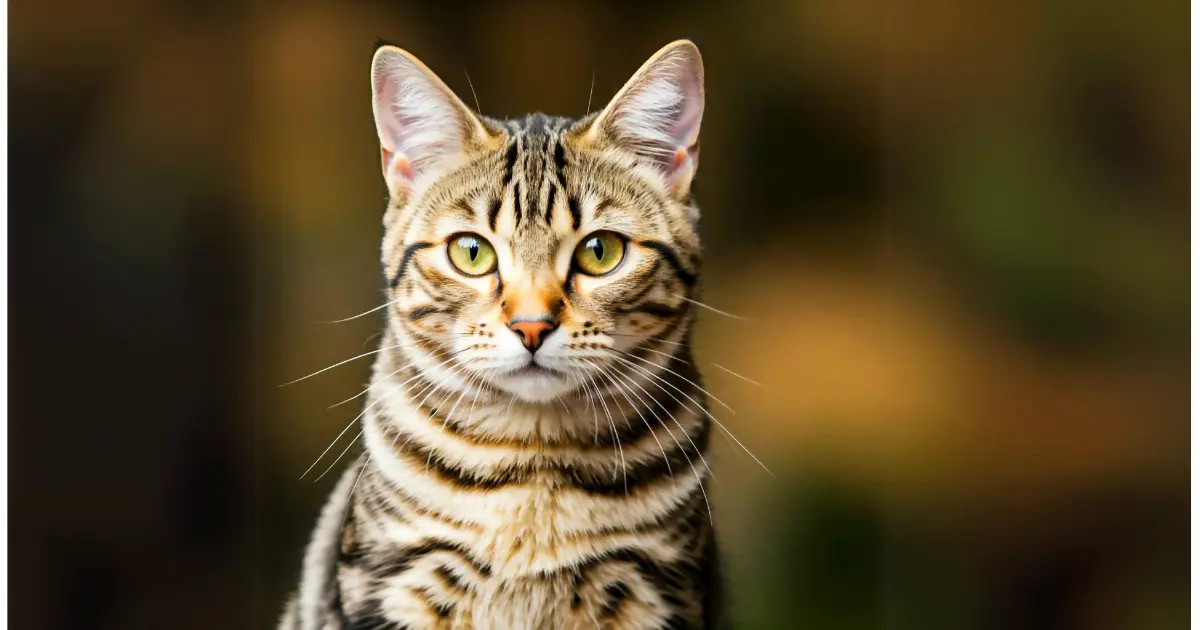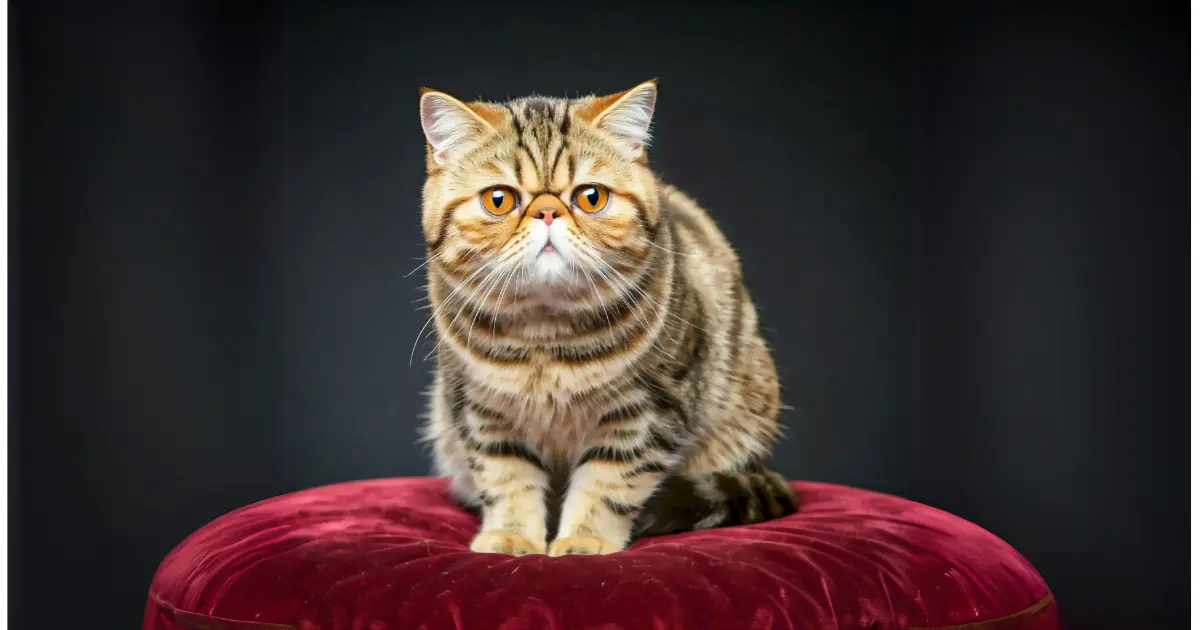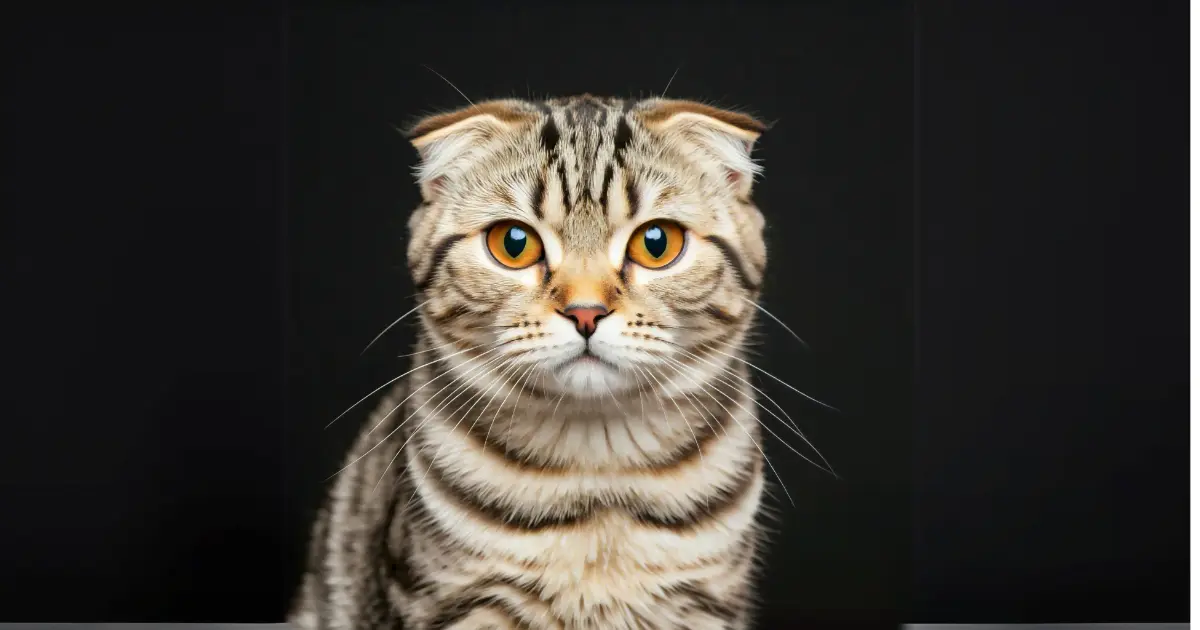Low-Maintenance Cat Breeds: The Best Felines for Busy Owners
Published: 6 Jan 2025
If you’re looking for a low-maintenance cat breed that doesn’t require much time and attention, you’re in the right place. Some cat breeds are naturally independent, easygoing, and perfect for busy families, singles, or first-time cat owners. In this post, we’ll explore some of the best low-maintenance cat breeds and give you tips on how to care for them.
Table of Contents
What Makes a Cat Low Maintenance?
Before we dive into specific breeds, let’s first understand what makes a cat low-maintenance.
- Grooming Needs: Some cats shed less or groom themselves more easily.
- Temperament: Calm, independent cats don’t need constant interaction.
- Health: Cats that are generally healthy don’t have special medical needs.
- Activity Level: Cats that don’t require a lot of exercise or playtime.
Now that we know what makes a cat low-maintenance, let’s look at some of the best low-maintenance cat breeds.

1. British Shorthair
Why They’re Low-Maintenance:
- Grooming: Their short, dense fur doesn’t need much brushing.
- Personality: British Shorthairs are calm and independent. They enjoy spending time with you but don’t demand constant attention.
- Health: This breed is generally healthy and not prone to many illnesses.
Real-Life Example:
Emma, a busy working professional, adopted a British Shorthair named Max. She finds Max easy to care for because he’s content lounging around during the day and doesn’t require a lot of grooming.
If you’re also considering long-haired breeds, be sure to check out our tips on Long-Haired Cat care to understand the grooming differences and challenges.

2. Russian Blue
Why They’re Low-Maintenance:
- Grooming: Their short, plush coat is self-cleaning and only needs brushing once a week.
- Temperament: Russian Blues are quiet, reserved, and independent. They’re often happy to entertain themselves.
- Health: They’re generally healthy and don’t have a lot of special care needs.
Real-Life Example:
Jack, a retired man, loves his Russian Blue cat, Luna. Luna is content playing alone and doesn’t mind being alone for a few hours while Jack runs errands.
If you’re new to grooming or want to explore a unique bathing routine, take a look at our guide on Sphynx Kitten Bathing Routine, as it can help with general cat care tips too.

3. American Shorthair
Why They’re Low-Maintenance:
- Grooming: Their short coat is easy to maintain and sheds less than other breeds.
- Personality: They’re friendly but not overly clingy. They can entertain themselves and don’t demand constant affection.
- Health: American Shorthairs are typically healthy and don’t have special medical needs.
Real-Life Example:
A college student, Sophie found that her American Shorthair, Whiskers, fits her busy schedule perfectly. Whiskers is playful when she’s around but also enjoys relaxing alone.
To help maintain a healthy diet for your cat, check out our detailed post on Cat Nutrition for feeding tips that promote long-term health and happiness.

4. Exotic Shorthair
Why They’re Low-Maintenance:
- Grooming: While their round face may look like a Persian, their short coat is easy to maintain.
- Temperament: They are affectionate but not overly needy. They enjoy spending time with their owners without demanding constant attention.
- Health: Although they can have some health issues due to their face structure, they are still a low-maintenance breed overall.
Real-Life Example:
Linda, a mother of two, loves her Exotic Shorthair, Oscar. Oscar gets along well with the kids and doesn’t require much attention, allowing Linda to keep up with her busy household.

5. Scottish Fold
Why They’re Low-Maintenance:
- Grooming: Their short or medium-length coats are easy to care for and shed less.
- Personality: Scottish Folds are known for their calm, laid-back nature. They enjoy being around people but are pleased spending time alone.
- Health: They have few unique health concerns beyond their distinct ear shape, but they’re typically very healthy cats.
Real-Life Example:
Tom and Sarah adopted a Scottish Fold named Tinkerbell. Tinkerbell loves to sit quietly by the window but enjoys curling up with them for a nap when they’re home.
Tips for Taking Care of Low-Maintenance Cats
Even though these low-maintenance indoor cat breeds require less effort, all cats need some basic care. Here are a few tips:
1. Keep Their Litter Box Clean
Cats are picky about their litter boxes. Keep it clean and scoop it daily. A clean box will keep your cat happy and healthy.
2. Provide Fresh Water
Make sure your cat always has access to fresh water. Some cats prefer a water fountain, which keeps the water fresh and encourages drinking.
3. Basic Grooming
Even low-maintenance cat breeds need some grooming. Brush their fur once a week to reduce shedding and hairballs, especially for short-haired breeds. Check their ears and nails, too.
4. Healthy Diet
A balanced diet is significant for your cat’s health. Feed them high-quality food appropriate for their age and weight.
5. Playtime and Mental Stimulation
While these cats are independent, they still enjoy occasional play. A few interactive toys or a scratching post will keep them happy and healthy.
Conclusion: Choosing the Right Low-Maintenance Cat for You
There are several options if you’re looking for a low-maintenance cat breed. British Shorthairs, Russian Blues, American Shorthairs, Exotic Shorthairs, and Scottish Folds are all excellent choices for busy people or those who don’t want a high-maintenance pet. Remember, all cats need love and care, but these breeds tend to be more independent and less demanding.
yes—some cat breeds, like the ones listed above, are ideal for people who want a cat that’s easy to care for. Low-maintenance house cats can be the perfect companion without requiring constant attention or grooming.
“Are you thinking of adopting one of these breeds? Find adoptable cats near you on Petfinder.”
Have you ever had a low-maintenance cat? Or are you thinking of adopting one of these breeds? Let us know in the comments below!
FAQ
A low-maintenance cat typically needs less grooming, is independent, and doesn’t require constant attention.
No, low-maintenance cats are often content entertaining themselves and don’t need hours of playtime each day
Most low-maintenance cats need grooming once a week, especially if they have short fur.
Yes, many low-maintenance breeds are perfect for first-time cat owners because they’re easygoing and don’t require complex care.
Yes, many low-maintenance cats are independent and can be left alone for a few hours without getting anxious

- Be Respectful
- Stay Relevant
- Stay Positive
- True Feedback
- Encourage Discussion
- Avoid Spamming
- No Fake News
- Don't Copy-Paste
- No Personal Attacks



- Be Respectful
- Stay Relevant
- Stay Positive
- True Feedback
- Encourage Discussion
- Avoid Spamming
- No Fake News
- Don't Copy-Paste
- No Personal Attacks





